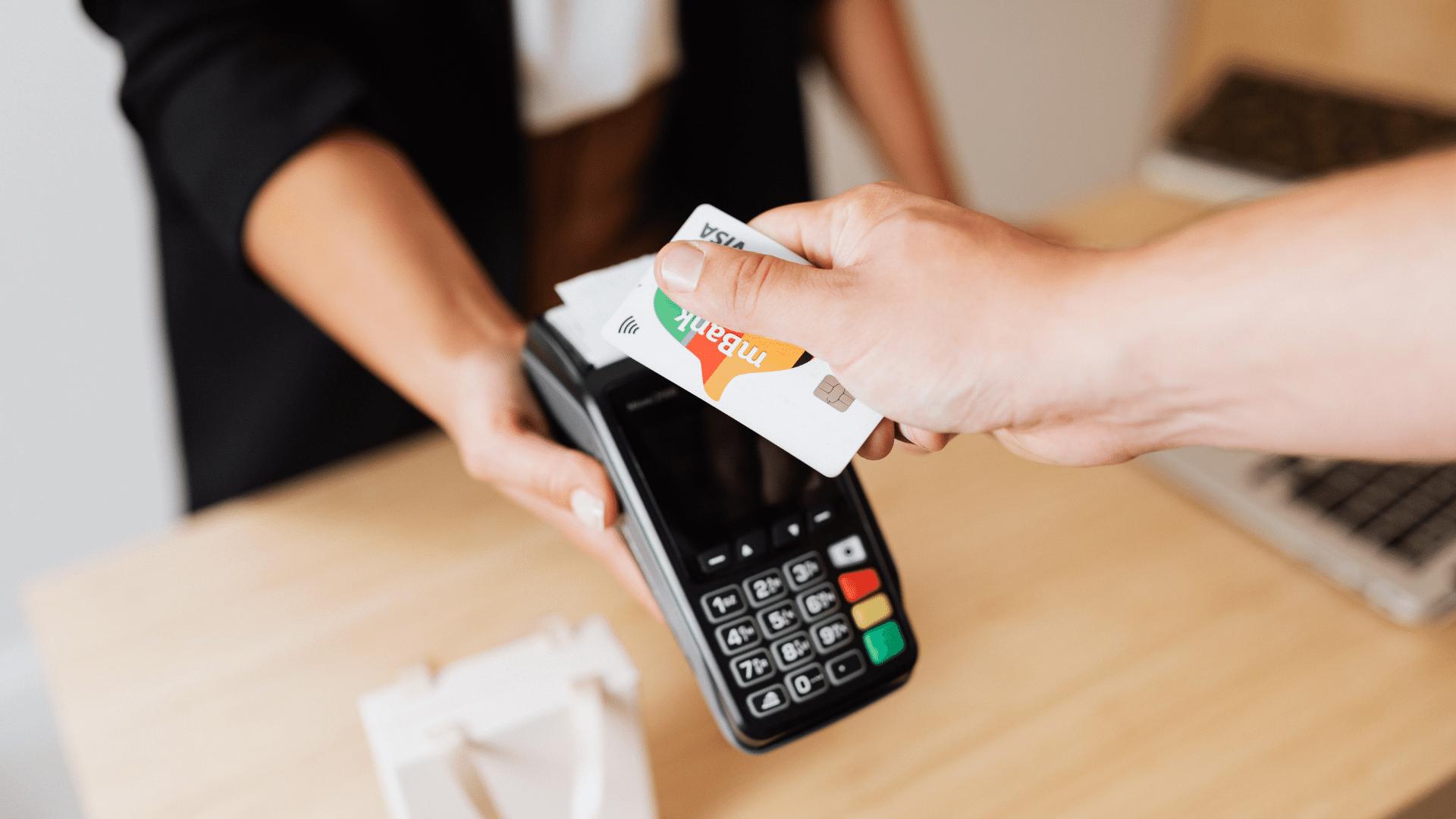Contactless Payments: Reshaping the Economics of Transactions in a Post-Pandemic World

Introduction
Over the past few years, contactless payments have grown exponentially in popularity. Where tapping plastic cards was once a novelty, it is now the default method of payment for many. The global pandemic only accelerated this trend, pushing more people to opt for the quick and hygienic option of contactless. In this article, we will explore the rise of contactless payments, how they work, their benefits over cash and what the future may hold for this evolving payment method.
The Contactless Revolution
Contactless payments first gained traction in the mid-2000s, with early adopters like London implementing contactless fare payments on public transit systems. However, it was not until the last 5 years that global card networks like Visa and Mastercard widely rolled out contactless to regular debit and credit cards. Now over 80% of cards issued in major markets support tap-and-pay functionality out of the box. The uptick in users has been massive - in the UK alone, contactless transactions increased from 1 in 10 payments in 2015 to over half of all in-person payments by 2019. This growth was further catalyzed by the COVID-19 pandemic as consumers sought lower risk payment options over cash. Several countries increased their per transaction contactless limits in 2020 to discourage the use of physical currency even more.
How Contactless Payments Work
Contactless payments rely on radio-frequency identification (RFID) technology embedded in credit and debit cards, or sometimes smartphones and wearables, to wirelessly transmit encrypted payment details to a compatible point-of-sale machine with near-field communication (NFC). When making a purchase, all the user has to do is hold their contactless card or device within a few centimeters of the payment terminal. The transaction is completed within seconds without needing to insert, swipe or enter a PIN. This tap-and-pay process could not be more simplified and convenient for everyday on-the-go spending. Behind the scenes, complex encryption ensures all transmitted data meets the highest security standards.
The Advantages over Cash and Traditional Payments
Convenience is undoubtedly the biggest advantage of contactless payments over carrying around physical notes and coins. With consumers frequently making multiple small ticket purchases throughout the day, being able to pay with a quick tap instead of fishing for change saves a significant amount of time. Contactless payments are also more hygienic than handling cash, a major benefit brought further into focus by the ongoing pandemic. Additionally, contactless cards and devices cannot be easily stolen and used like cash can - transactions require authentication via chip and PIN mechanisms or biometric security on phones. From a merchant perspective, contactless speeds up checkout lines considerably and eliminates the hassle of making correct change. Another major advantage is that contactless leaves behind a digital record of purchases for accounting and returns purposes. Overall, the ease and efficiency of contactless is making it increasingly difficult for old payment habits to compete.
Growing Adoption Across Sectors
Naturally, contactless payments first caught on in industries geared towards convenience like quick service restaurants, coffee shops, transportation, grocery stores and retail. However, its use cases are expanding rapidly into new verticals. An area that has shown particularly strong uptake is self-service vending machines of all kinds - from snacks and movie tickets to laundry machines. Vending machine operators love that contactless virtually eliminates the problem of lacking correct change to complete purchases. Other sectors proactively boosting contactless adoption include healthcare for paying bills and buying items on hospital premises, stadiums and event venues for food/drink and tickets, and even charitable donations at places of worship. Forward thinking smaller merchants too have realized contactless helps improve their customer experience and matching the expectations set by larger retailers. All indicators point to continued broadening of contactless across the entire commercial ecosystem.
The Future of Mobile Payments
As contactless payment terminals have become universal fixture at stores, focus is shifting to digitizing money even more through mobile wallets and payments apps. Driven by companies like PayPal, Google Pay, Samsung Pay and Apple Pay, the ability to pay for things with a phone tap is now mainstream in developed markets. Smartphones have a clear advantage over plastic cards in serving as a digital wallet storing not just multiple payment methods but also loyalty cards, transit passes, tickets, student IDs and more. The future of money is likely to be ever more app-based, driven by thriving fintech industries and with support from smartphone makers. 5G networks will help push the boundaries of tap-and-pay even onto wearables like smartwatches. Overall, contactless on phones points towards a logical evolution where physical wallets could become obsolete for an increasingly cashless worldwide consumer population.
Contactless payments have revolutionized in-person money exchange within a remarkably short period of time through their unmatched convenience. The future appears firmly contactless-first, enabled not just by cards but also mobiles. From hygienic worries brought by the pandemic to inclusiveness of the unbanked, contactless payments address many societal needs. Their growing acceptance reflects a progressive preference for digital over paper currency worldwide. While implementation challenges remain in some markets, the breakneck pace of change so far suggests contactless is here to stay as the new normal way to pay.
Get More Insights On This Topic: Contactless Payments
- Art
- Causes
- Crafts
- Dance
- Drinks
- Film
- Fitness
- Food
- Games
- Gardening
- Health
- Home
- Literature
- Music
- Networking
- Other
- Party
- Religion
- Shopping
- Sports
- Theater
- Wellness
- IT, Cloud, Software and Technology


